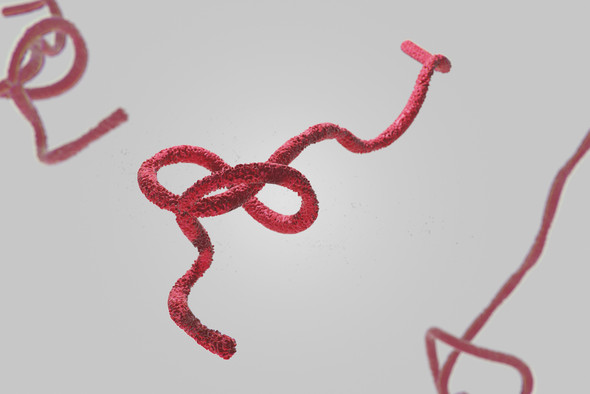Description
NAIROBI SHEEP DISEASE VIRUS GLYCOPROTEIN GC, HUMAN FC-TAG (HEK293)
The Native Antigen Company have manufactured a recombinant Nairobi Sheep Disease Virus (NSDV) glycoprotein Gc, expressed in HEK293 cells and purified by affinity chromatography.
PRODUCT DETAILS – NAIROBI SHEEP DISEASE VIRUS GLYCOPROTEIN GC
- Recombinant Nairobi Sheep Disease Virus (NSDV) glycoprotein (strain/isolate 708, Acc: ACH99800.1)
- Expressed in HEK293 cells and purified by affinity chromatography on Protein G
- Purified to ~90% purity and presented in 20mM HEPES pH7.5, 250mM NaCl
BACKGROUND
Nairobi sheep disease virus (NSDV) is a tick-borne virus which causes a severe disease in sheep and goats, and has been responsible for several outbreaks of disease in East Africa. The virus is also found in the Indian subcontinent, where it is known as Ganjam virus and is associated with febrile illness in humans and disease in livestock (Yadav et al., 2011).
The virus only spreads through the feeding of competent infected ticks, and is therefore limited in its geographic distribution by the distribution of those ticks, Rhipicephalus appendiculata in Africa and Haemaphysalis intermedia in India, which are naturally associated with sheep and goats (Baron & Holzer, 2015).Nairobi Sheep Disease Gc
The virus genome is composed a single strand of negative sense RNA in three parts—small (S), medium (M) and large (L). RNA genome S, M and L segments encoding regions (396 bp, 701 bp and 425 bp) of the viral nucleocapsid (N), glycoprotein precursor (GPC) and L polymerase (L) proteins, respectively (Yadav et al., 2011).
The virus is closely related to Crimean-Congo haemorrhagic fever virus, and studies on NSDV may therefore be useful in understanding this important human pathogen (Baron & Holzer, 2015).
REFERENCES
- Baron M D, Holzer B. Nairobi sheep disease virus/Ganjam virus. Rev Sci Tech. 2015 Aug;34(2):411-7.
- Yadav et al. Genomic analysis reveals Nairobi sheep disease virus to be highly diverse and present in both Africa, and in India in the form of the Ganjam virus variant. Infect Genet Evol. 2011 Jul;11(5):1111-20.














